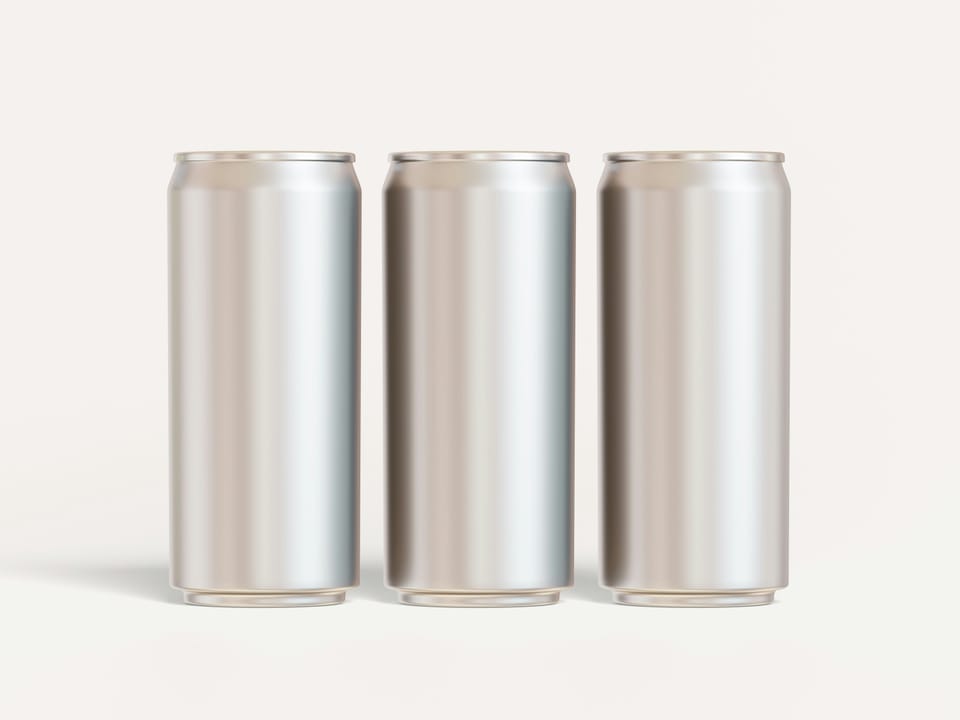Ball Corporation cut Scope 3 emissions for the first time in 2023 – by almost 29%

Aluminium packaging giant Ball Corporation achieved its first value chain emissions reduction in 2023, cutting its Scope 3 footprint by almost 29% thanks to circularity improvements – but also reduced production.
Announcing this positive result as part of the company’s combined annual and sustainability report, Ball Corporation’s Chief Sustainability Officer Ramon Arratia said it was “driven by renewable electricity coverage, higher recycled content, and more”, and added: “Not that we will achieve this every year, a few things went our way!”
Among these market factors is reduced production: Ball posted net sales of about US$14 billion last year, down from US$15.3 billion in 2022. Lower production means less energy consumption and less demand for new metals.
At the same time, the share of metal supplied domestically as opposed to from overseas also increased, which helped the company cut greenhouse gas emissions. “This domestication shift correlates to higher recycled content, lower embedded carbon per tonne of aluminium and a decrease in transportation distances,” says the report.
Ball Corporation circularity update
Ball Corporation expects half of its planned absolute greenhouse gas reductions to come from circularity measures, and last year, improvements in packaging design and an increase in recycled content also delivered emissions gains.
The firm says it removed 6,300 metric tonnes of aluminium from cans through lightweighting in 2023, avoiding 33,265 metric tonnes of greenhouse gas emissions. Additionally, the proportion of recycled aluminium in its global beverage packaging business increased to 70% in 2023, up by eight percentage points since 2021.
“These improvements represent the single biggest contributor to our absolute Scope 3 greenhouse gas emission reductions,” the company adds. Overall, Scope 3 emissions dropped by almost 3.5 million tonnes of CO2 equivalent, reaching 8.6 million tonnes in 2023.
Improvements in operational emissions
In addition to these landmark cuts in value chain emissions, Ball Corporation also made improvements in Scope 1 and 2, which together went down by 32%. Again, this outcome was positively influenced by a reduction in production, but also by the take-up of renewable energy, which almost doubled between 2022 and 2023.
Today, more than half (58%) of Ball Corporation’s global energy needs are met with renewable electricity sources, putting the company on track to achieve its 2030 target of 100% renewables.
Renewable energy progress helped Ball cut operational emissions despite some setbacks in terms of energy efficiency, which it attributes to “increases in can formats, line or plant curtailments, and new line startups”.
Ball Corporation has a science-based target to cut operational emissions by 55% and value chain emissions by 16% by 2030 (from a 2017 baseline).







Member discussion